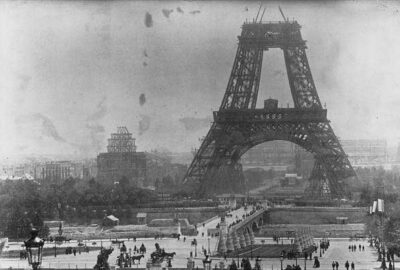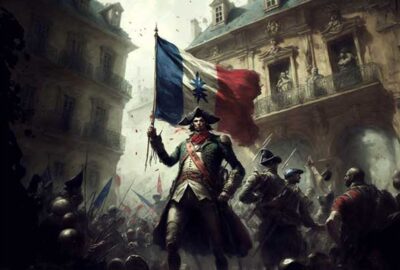The Eiffel Tower: A Marvel of Engineering and a Symbol of Love
The Eiffel Tower is one of the most recognizable landmarks in the world, a true testament to human ingenuity and engineering. The towering structure, made of iron and steel, rises 1,063 feet above the ground, and attracts millions of visitors each year.
World’s Fair in Paris
The Eiffel Tower was constructed for the 1889 World’s Fair in Paris, a celebration of the centennial of the French Revolution. The fair’s organizers wanted a grand centerpiece for the exhibition, and held a competition for the design of a monument that would represent the best of French engineering and architecture.
The winning design was submitted by Gustave Eiffel, a renowned engineer and builder who had already made his mark with the construction of bridges and railway stations. Eiffel’s tower was a bold and ambitious idea, an iron lattice structure that would soar above the city and provide panoramic views of Paris.
The construction of the Eiffel Tower was a massive undertaking, requiring 18,038 pieces of iron, 2.5 million rivets, and 300 workers. The tower’s distinctive shape, with its four legs meeting at the top in a pyramid, was a technical challenge that required innovative solutions.
Eiffel and his team used hydraulic jacks and counterweights to raise each section of the tower into place, with remarkable precision. The final section, the antenna, was added in 1957, bringing the total height of the tower to 1,063 feet.
The Eiffel Tower has had many uses over the years, from a scientific laboratory to a radio broadcasting station. But its most enduring legacy is as a symbol of love and romance. Countless couples have proposed, exchanged vows, or simply enjoyed a romantic moment at the top of the tower, gazing out over the city and the world beyond.
The Eiffel Tower is a symbol of the human spirit
The tower has also inspired countless works of art and literature, from paintings by Renoir and Matisse to the writings of Hemingway and Colette. It is a powerful symbol of the human spirit, of our capacity to dream and create, and of our love for beauty and innovation.
Today, the Eiffel Tower remains an iconic symbol of Paris and of France, a testament to the power of imagination and the triumph of human achievement. Whether you admire it for its engineering feats or its romantic aura, the Eiffel Tower is a true wonder of the modern world.



